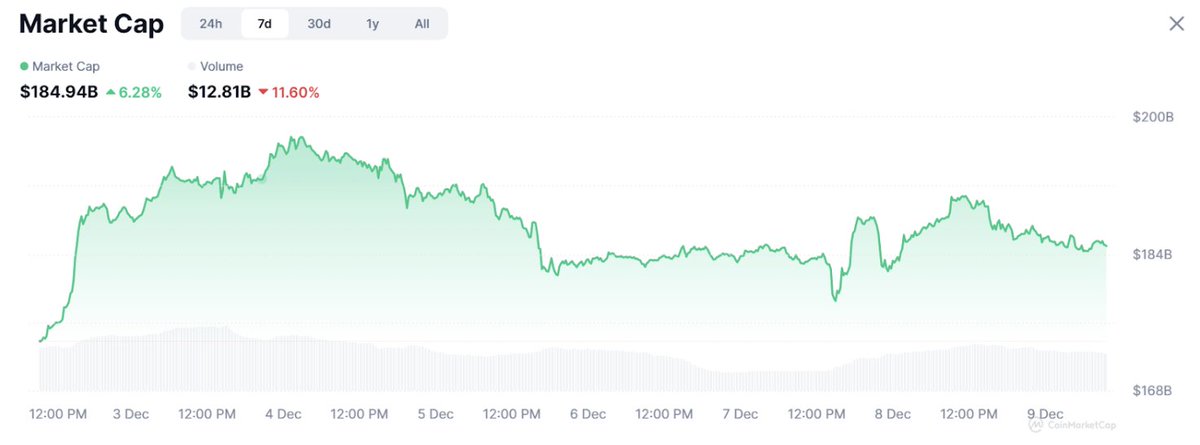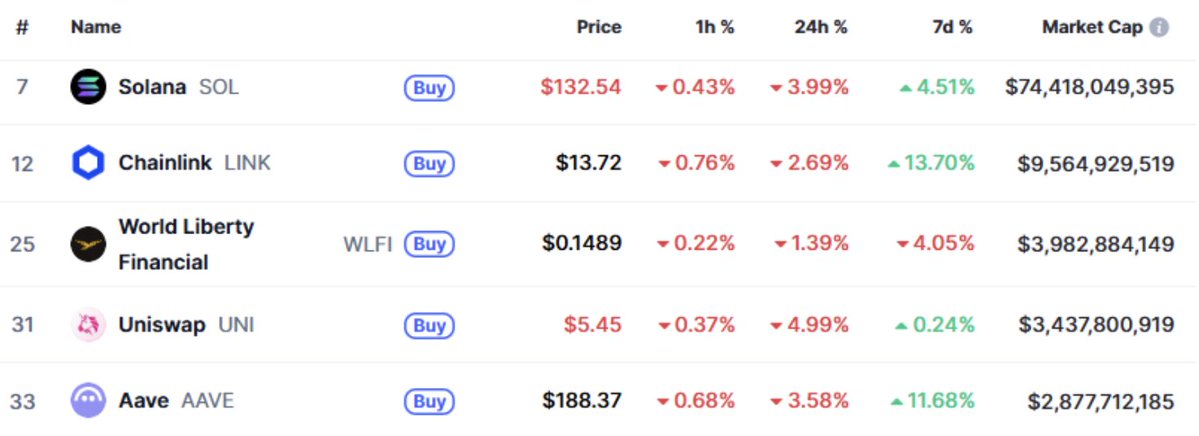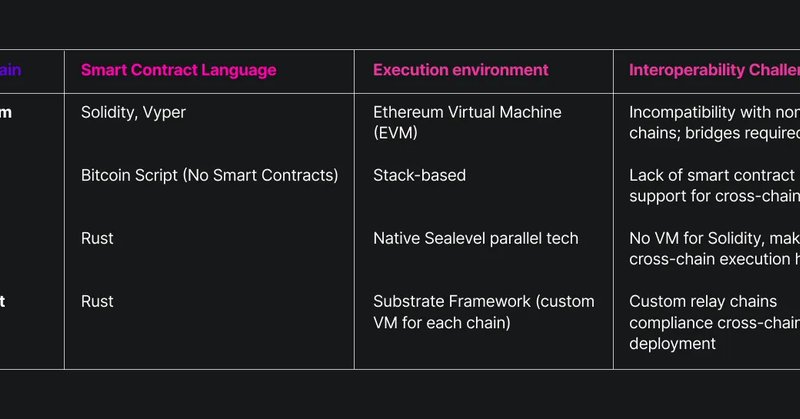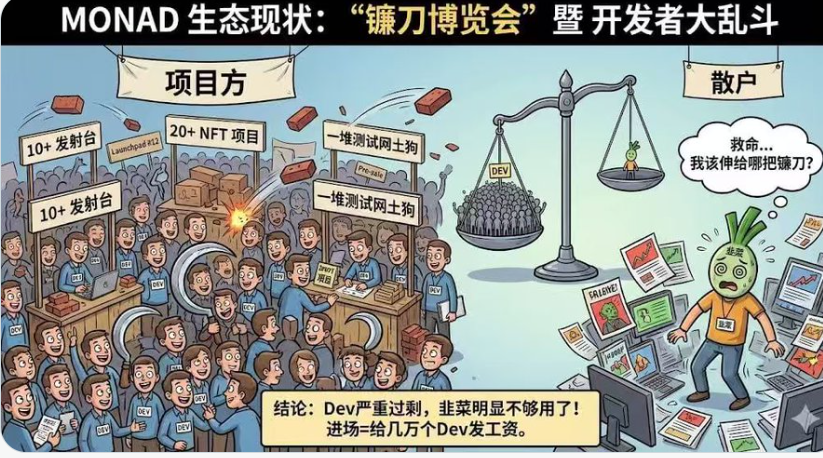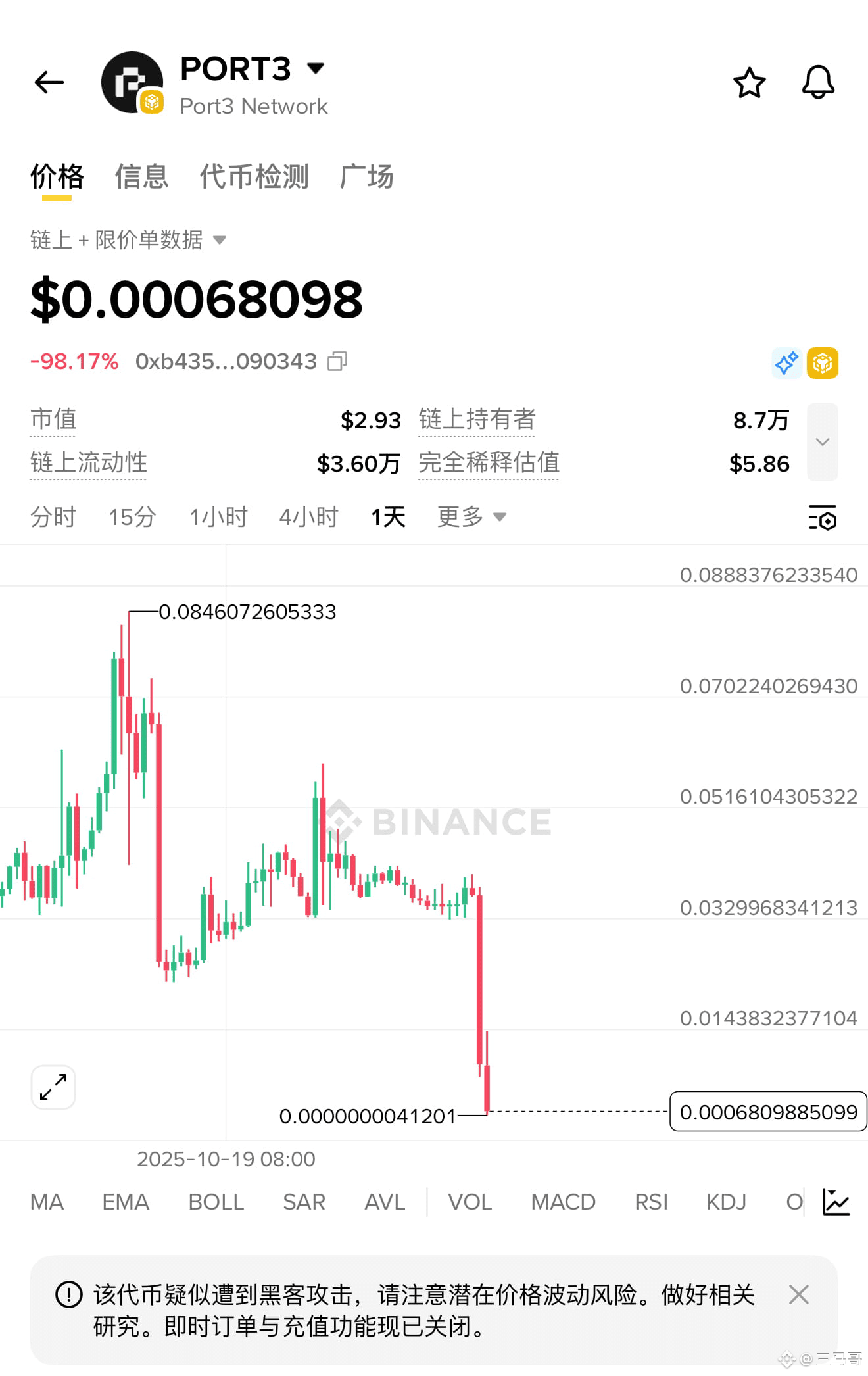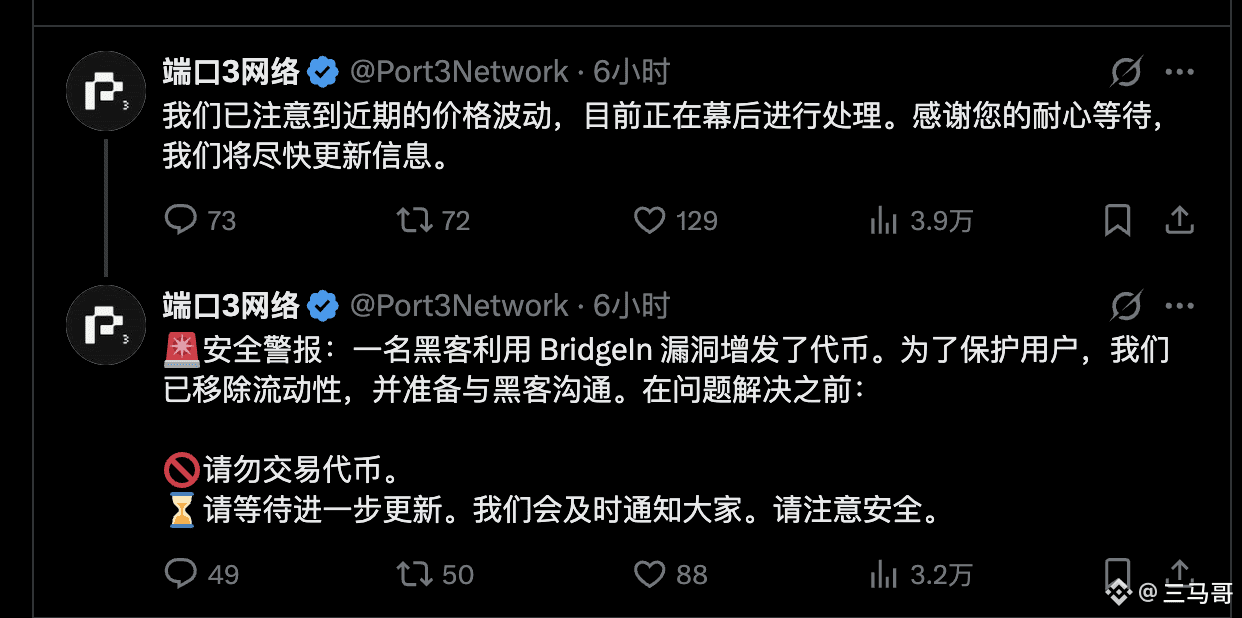Topic Background

Charles💤🎶
meme玩家
12-11 12:00
DeFi 近期陷入瓶颈行情不稳,就算降息好像也没什么感觉了,但 Soul @0xSoulProtocol 明显在重塑格局。它不是在做“跨链桥接”,而是在改写借贷架构:在 A 链存、在 B 链借,仓位实时联动,抵押品不再被锁死在孤岛里。DeFi 过去的核心问题不是需求不足,而是结构碎片化导致的体验割裂与资本效率低下。
Soul @0xSoulProtocol 把 Aave、Compound、Venus 等主流市场统一路由为一个流动性层,用户只看到一个界面,而协议在底层完成多链的消息同步、风险计算和健康因子管理。
这种抽象本质上是一种“神经系统”,把价值在链间协调,而不是硬连接。它让资金更快,风险更清晰,DeFi 更像一个整体。但问题也随之而来:统一流动性会不会牺牲多链生态的实验性?我认为不会,反而可能是把自由竞争带回同一赛道,让多样性建立在效率之上,而不是碎片之上。Soul @0xSoulProtocol 值得长期观察。
#KaitoYap @KaitoAI #Yap


CoinMarketCap
媒体
12-10 21:00
Solana 本周动态:重磅消息!Breakpoint 2025 Alpha、富兰克林 SOL ETF 和 SKR 空投!
本周 Solana 携 Breakpoint 2025 强势登陆阿布扎比!点击下方博客文章链接查看完整预览!SOL 上涨 5% 至 133 美元,机构投资者纷纷入场!富兰克林邓普顿推出首个支持质押的 SOL ETF!Solana Mobile 的 SKR 代币将于 1 月上线,并进行 30% 的空投!LUNC 强势反弹,涨幅高达 125%!
以下是本周动态分析 🧵
1/6
📊 市场概览:
Solana 生态系统市值增长 6% 至 1850 亿美元。交易量下滑 12% 至 129 亿美元。尽管 Strategy 斥资 10 亿美元买入,BTC 价格仍稳定在 90500 美元左右。自去年以来,超过 40 万枚比特币已从交易所转移,抛售压力正在减弱?
2/6
DeFi 及生态系统指标:
Solana 的总锁定价值 (TVL) 增长 7% 至 88 亿美元,稳居第二。DEX 周交易量增长 17%。Base 超越 Tron 升至第五位。Breakpoint 阿布扎比将于 12 月 11 日至 13 日举行,预计将有 6000 多名与会者,届时将发布重大公告 🏗️
3/6
🏛️ 行业动态
🔹 @FTDA_US 在 NYSE Arca 上推出 SOEZ——首个提供质押奖励的 SOL ETF。
🔹 @solanamobile 将于 1 月推出 SKR 代币,总量为 100 亿枚,其中 30% 用于空投。
🔹 @pyefinance 筹集了 500 万美元(通过 Variant 和 Coinbase),用于构建可交易的质押市场。
🔹 Base 推出了与 Solana 之间由 Chainlink 保护的跨链桥,实现流畅的跨链转账。
4/6
🎯 业绩亮点:
涨幅榜:
🔹 Terra Classic (LUNC):+124.86%
🔹 Keep Network (KEEP):+106.1%
🔹 TerraClassicUSD (USTC):+75.77%
🔹 NeuralAI (NEURAL):+71.35%
🔹 Chintai (CHEX):+45.56%
LUNC 在币安周 (Binance Week) 期间的爆款 T 恤以及链升级带来了不同的结果
5/6
💡 您现在可以做什么:
🔹 关注 Solana Mobile,了解即将推出的 SKR 空投详情。
🔹 关注 Breakpoint(12 月 11 日至 13 日),了解产品发布和生态系统更新。
🔹 关注明日的美联储利率决议,它将决定市场的下一步走向。
掌握信息,领先一步🌅
